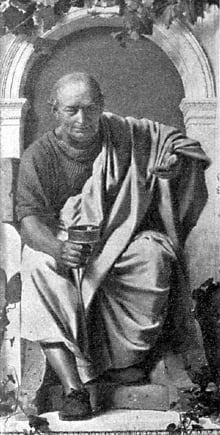"Seize the day, and put the least possible trust in tomorrow"
About this Quote
Horace’s exhortation to “Seize the day, and put the least possible trust in tomorrow” encapsulates a philosophy that urges individuals to embrace the immediacy of life. The first half emphasizes an active engagement with the present. To “seize the day” is not merely to enjoy fleeting pleasures, but to act purposefully and consciously, making the most of each moment. It calls for attentiveness to the opportunities, relationships, and experiences that exist right now, rather than deferring fulfillment or growth to an indefinite future.
The latter half counsels skepticism toward the future’s reliability. Human nature inclines toward postponement, waiting for more opportune times, or imagining that important actions can be taken tomorrow. Yet, Horace warns that tomorrow is uncertain, subject to contingencies and change beyond our control. Trusting too much in what the future may bring leads to inaction, missed chances, and potential regret. By minimizing reliance on tomorrow, individuals are encouraged to value the finite, fleeting nature of life. There is an implicit recognition of mortality here; time passes quickly and cannot be reclaimed once squandered.
Furthermore, this maxim challenges procrastination and complacency, not through anxiety or fear, but by fostering mindfulness. It serves as a reminder to focus on what can be shaped and influenced now. While planning for the future has its merits, placing too much faith in tomorrow breeds an illusion of endless time and comfort, which can numb one’s sense of agency and diminish motivation.
Horace’s insight continues to resonate centuries later. The balance he advocates, enthusiastic participation in today, tempered with a humble awareness of tomorrow’s uncertainty, encourages both appreciation and action. It is an invitation to live fully, neither ignoring future possibilities nor being paralyzed by trepidation, but instead acting thoughtfully in the only moment truly possessed: the present.
More details
About the Author

